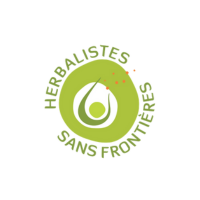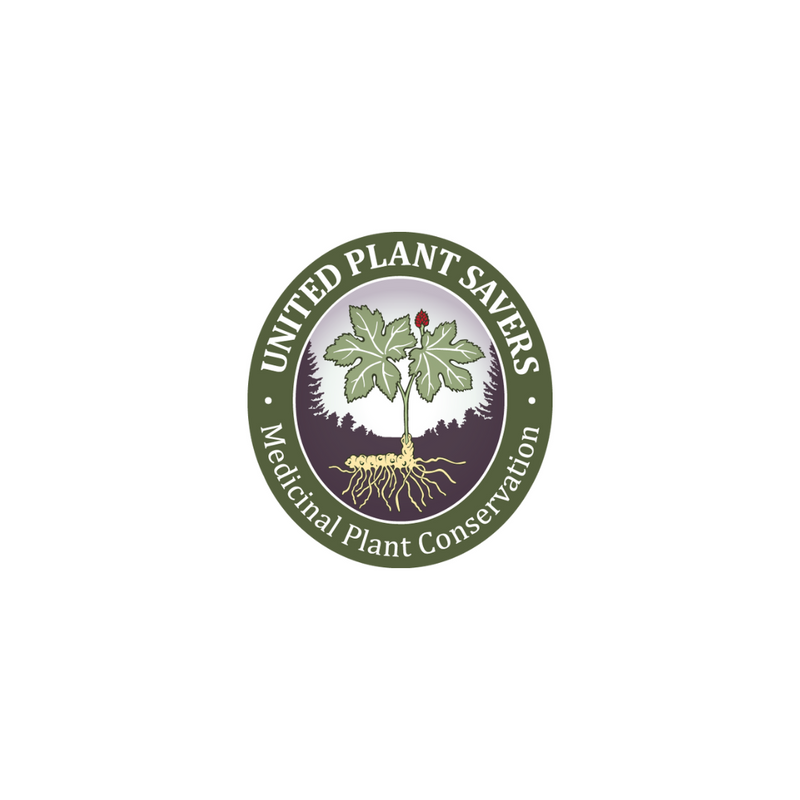
Spring Foraging - Goodies in your backyard
Share

Spring time is a fabulous time to get acquainted with the 'weeds' in your yard and learn their names, and what they can provide both your body and your dinner table. As you do so, you will develop a new appreciation for the diversity that exists right in your own yard!
Why try foraging?? If you believe in herbal medicine, you'll learn that a lot of what your body needs is available right where you are. But more than that, you'll learn how much you can EAT from your own yard (assuming you do not use chemical treatments on your yard or flowerbeds).
Tips to foraging:
Know your plants! Start out small. Learn to identify the plants in your yard, your neighborhood or places you frequent. Learn their names and how they look throughout the season. Learn their “look alikes” as well. In the beginning they may all look the same, but just like how we come to recognize a strangers face into a face we can spot in a crowd… same with plants. They are our allies and knowing about them brings immense joy. Not just utility.
When foraging, whether for food or medicine, use only what you have been able to clearly identify.
Know what plants are abundant and what is endangered. Many of our native plants have become endangered due to over harvesting. And there are so MANY plants, so if you have a need, find an alternative plant to seek out and harvest.
Take only what you need. There is an impulse to get over excited when we identify a desired plant and to harvest as much as we can carry. But we are not the only ones who rely on these plants. Take what you can reasonably make use of. Many plants can be stored as well. Be sure to leave a hearty percentage of the plants unharvested so the population stays healthy.
Here are some great plants that are both abundant as well as easy for new foragers to learn to recognize.

Dandelions (Taraxacum officinale) - So well known it barely needs an introduction. The entire plant is both edible and medicinal. A powerhouse of a plant! Whether you love or hate it in your yard, with a little knowledge you may come to love this plant as much as I do. Tender spring leaves and flower buds are particularly tasty for eating. Older parts become increasingly biter. There really is no wrong way to eat this plant. Fresh, cooked, dried. Experiment. Look up recipes. So many possibilities!
Cleavers (Galium aparine) - Those long, viney, clingy plants you often find in the underbrush of moist forests (shady areas with lots of water). These are surprisingly yummy and very abundant. For cooking, they are best in the spring and good in soups or stews. One of my favorite foraging celebrities is the Black Forager (find her on Instagram or Tiktok) and she mentioned adding sprigs to water overnight for a fresh, cucumber tasting drink with a touch of caffeine. Or you can collect and dry the burrs to grind up as a mildly caffeinated coffee substitute!
Chickweed (Stellaria Media) - One of the earlier spring greens, this humble little plant is probably more prevalent than you realize… until you learn to recognize it. Low growing, a bit of a viner, with small delicate little leaves and flowers. It often grows in yards that have not been chemically treated. Said to grow in sun, my yard boasts this bounty in the shady, moist backyard where the grass is less available. Eat fresh in your salads to give a powerful nutritious boost. Make into a pesto, or cook into a meal. Has a very delicate flavor.

Violets (Viola genus) - I adore these sweet, bowed purple flowers. Though you can also find them in yellow or white! Their ‘Eatability’ applies to any plant in the Viola family. Add to fresh salads or as garnish for a beautiful (and edible) accent. The wild violets that are so common here in Ohio also have edible tubers that are best in the spring time.
Dead Nettle (Lamium purpureum) - Seen as a “weed”, this plant grows in disturbed soil that has been ignored but not ‘too’ overgrown (as this is a short little plant). So it will often take over a forgotten flowerbed or along road sides. Highly nutritious, the leaves on this plant can be used in SO many ways. Fresh, cooked or made into a tea. This plant is considered mildly sweet.
Garlic mustard (Alliaria Officinalis) - One of many non-native plants that has naturalized, this plant is EVERYWHERE. Too much so, as it crowds out important native plants. So harvest to your hearts content, this plant often needs removed with fervor to make room for others. Which is awesome, as it is SUPER tasty. Living up to its name, the leaves have a garlicy flavor, the shoots can be cooked similarly to asparagus and the seeds are a good mustard alternative.
Yarrow (Achillea Millefolium)- An herbalists friend, this plants is easy to find in the spring. One of the first plants to pop up, its feathery leaves are fun to identify. Full of medicinal properties, the leaves are also used as spice or in dressings. The flavor is sensitive to heat, so use it at the end of your cooking, not during. Keep an eye on this one, come summer the flowers are great to collect as well.
Some additional guidelines…
Take no more than half. There are different thoughts about how much is too much. The key to not over harvesting is that you only take from healthy and abundant patches of plants. And only take a portion. Leaving plenty for the plant to recover AND to share with the other creatures in the forest.

Have proper tools - having a knife or shears to cut the part you wish to take will do less damage than pulling. Especially when only taking a portion of the plant/mushroom. Pulling can damage parts you don’t need, and/or disrupt neighboring plants. Gloves are also important, to prevent thorns, stingers, bugs or even hidden poison plants (like poison ivy) hiding among them.
Have a way to carry your collection - if you are hiking or anywhere away from home, be sure to have a bag or some carrying item. If you plan to look for multiple items, I like to have a couple reuseable vegetable bags (mesh bags) to separate my finds, and some jars for more delicate items.
Be respectful of the other living creatures - Bugs and other wildlife rely on these plants too. Be conscious of where you walk and what you disturb. They deserve respect and a safe home too.
Where to forage:
Private land where you have gotten full permission is the easiest place to go. So your own back yard can yield a lot of surprises. Especially if you have patches of unlandscaped or unmanicured land (oftentimes you'll find secret pockets between yards.. ask your neighbor about harvesting and check if they use chemical sprays).
Alternatively, in Ohio (where we, Haven are at!) we can forage in state forests, the state’s wildlife management area, and the Wayne National Forest. Always be sure to check before harvesting, to confirm. Many parks have rules about staying on trails, which can make foraging difficult.
Resources:
The Dyrt
Eat the Planet
Black Forager




